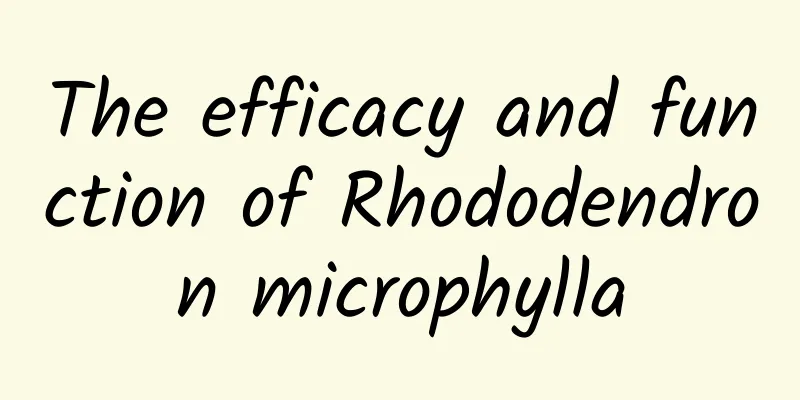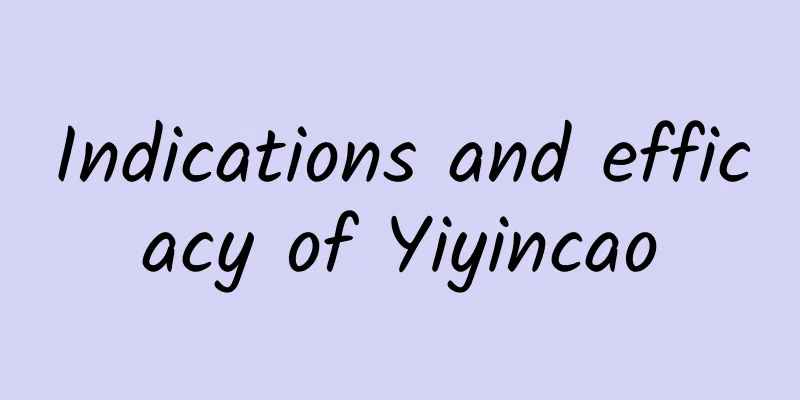What are the treatments for gout in traditional Chinese medicine?

|
If you simply think that gout is the name of a disease in Western medicine, then you are wrong. In fact, in our traditional Chinese medicine with a long history, the disease called "gout" has been around for a long time. Therefore, doctors of all dynasties have not only discussed gout. And we have also accumulated a lot of treatment methods. How is gout treated with Traditional Chinese Medicine? In the Yuan Dynasty, Zhu Danxi's "Gezhi Yu Lun" once included a special chapter on gout, saying: "Gout is generally caused by the blood boiling due to heat, followed by wading through water or standing in wetlands... The coldness attacks the hot blood, causing sweat to stagnate, resulting in pain. The pain is worse at night because it affects the yang." In the Ming Dynasty, Zhang Jingyue's "Jingyue Complete Book·Beriberi" believed that the outside is yin cold and damp, and now the dampness attacks the skin, flesh, tendons and veins; the inside is due to excessive consumption of fat and sweet foods, which causes dampness to accumulate in the lower part of the body; the cold and dampness combine to become heat, which stays in the skin... The affected area is red, swollen and hot, and bone erosion occurs over time. Lin Peiqin of the Qing Dynasty wrote in "Classification of Symptoms and Treatments": "Gout is a type of painful arthralgia... Initially it is caused by wind, cold and dampness that stagnate in the yin part, which turns into heat and causes pain over time, which is more severe at night." At the same time, gout in modern medicine is equivalent to "painful arthralgia", "rheumatoid arthritis", "athlete's foot" and other symptoms in traditional Chinese medicine. Early diagnosis of gout in TCM: 1. Damp-heat blocking The small joints of the lower limbs suddenly become red, swollen, hot and painful, and are resistant to pressure. They feel burning when touched and are relieved by cooling. They are accompanied by fever, thirst, restlessness, yellow urine, red tongue with yellow greasy coating, and slippery and rapid pulse. 2. Stasis and heat in the body The joints are red, swollen and painful, with local swelling and deformation, and difficulty in flexion and extension. The skin is purple and slightly hard when pressed. There may be lumps or nodules around the lesions. The tongue is purple or has ecchymosis. The tongue coating is thin and yellow, and the pulse is thin and astringent or deep and stringy. 3. Phlegm-dampness blockage Joint swelling, even diffuse swelling around joints, local soreness, numbness and pain, or the presence of "lumps" that are not red, accompanied by dizziness, puffy face and feet, chest and abdominal distension, fat and dark tongue, greasy white tongue coating, and slow or stringy and slippery pulse. 4. Liver and kidney yin deficiency The disease lasts for a long time and recurs repeatedly, with joint pain as if being beaten, local joint deformity, milder during the day and worse at night, numbness of the skin, difficulty walking, stiffness of tendons and veins, difficulty in flexion and extension, dizziness, tinnitus, red cheeks and dry mouth, red tongue with little coating, and a stringy or fine pulse. 5. Wind-cold-dampness arthralgia type Pain in the limbs and joints, or migratory pain, or severe joint pain that does not move, or heaviness, swelling and pain in the limb joints, and numbness of the skin. It worsens on rainy days, with a thin white tongue coating and a tight or loose pulse. Symptom analysis: Wind, cold and dampness come together to invade the body, blocking the meridians, causing poor circulation of qi and blood, which causes pain, thus causing pain in the limbs and joints. If wind evil prevails, the joints will have migratory pain; if cold evil prevails, the joints will have severe pain in a fixed place; if dampness evil prevails, the joints will be heavy, swollen and painful, and the skin will be numb. Both cold and dampness are yin evils, so the symptoms are aggravated on rainy days. Warm reminder: It is recommended that patients with this disease further control their total daily energy intake and not overeat at will. In order to recover faster, patients should eat less carbohydrates. Don't drink alcohol or take cold, stimulating drinks. |
<<: Method for brewing Chinese herbal medicine Arisaema
>>: What are the differences between red ginseng and ginseng?
Recommend
Don’t throw away waste cement, it can be used again after being heated in a furnace!
□ Right to speak Using electric-powered furnaces ...
What are the functions of the traditional Chinese medicine Astragalus?
Traditional Chinese medicine and Western medicine...
The back of the moon has more craters than the front. Is it because it protects the Earth from meteorite impacts? This hypothesis is totally unfounded
The moon we see all year round has the same face....
"White light" suddenly appeared in many places in Henan. What is it?
On November 29, a piece of news about a "whi...
The efficacy and function of Emei ear fern
Chinese medicine has different effects on our bod...
The efficacy and function of rice worms
Grain worms are a kind of traditional Chinese med...
Does each organ in the body have an aging timetable?
As we age, the functions of various organs in the...
The secret 500 meters below the Antarctic ice layer has finally been revealed
By Harry Baker Translated by Peng Rong Proofread ...
The efficacy and function of bamboo root
Do you know about spotted bamboo root? It is a co...
Coriander root benefits and uses
Coriander is pungent and warm, and enters the lun...
The sunflower disk rotates with the sun, it turns out that this part is afraid of light!
Review expert: Wang Kang, Director of the Science...
The efficacy and function of white ghost pen
The medical value of the white ghost pen is beyon...
The efficacy and function of fox gall
There are many common Chinese medicinal materials...
What are the medicinal values of Scutellaria baicalensis?
Perhaps most people in daily life are unfamiliar ...









